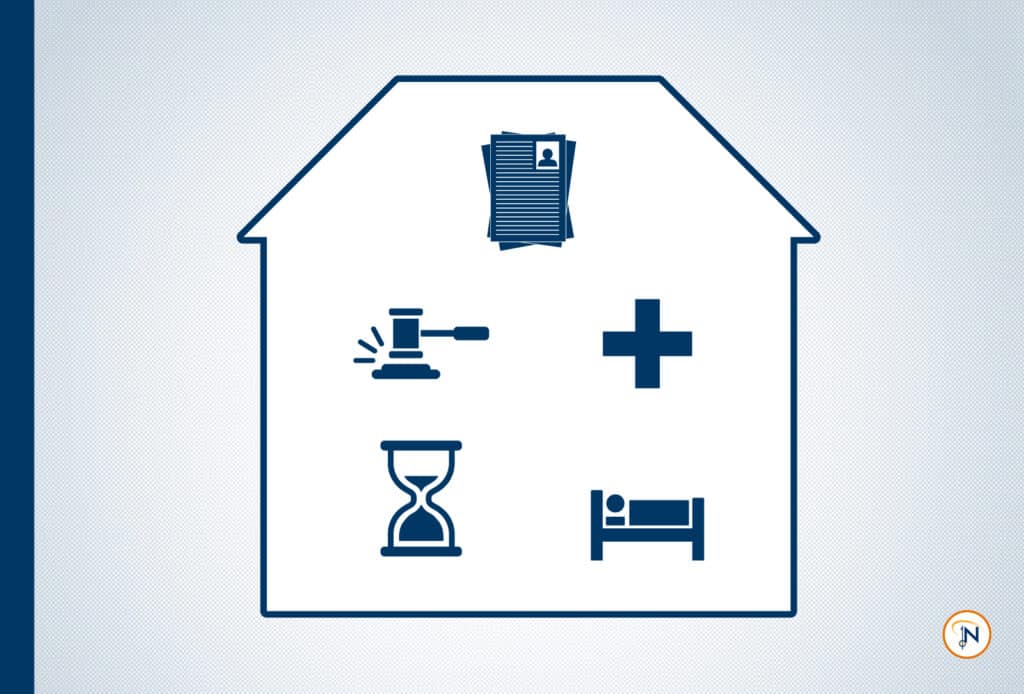One of the primary ways jails can limit their liability, accurately classify inmates, and efficiently handle the influx of inmates is by implementing a good initial classification process.
As the term suggests, pre-classification housing is a middle ground between booking and primary classification, and it’s a way to learn more about your inmates before engaging in the full classification process.
To maximize safety in your facility, the two best times to use classification are right at intake to identify any immediate needs and approximately 72 hours after intake to determine appropriate housing. Why 72 hours? Because up to 70% of detainees are released in 72 hours or less, so the best use of your resources is to focus housing classification on those who are staying with you longer-term.
In that “in-between” time, offering pre-classification housing has several key advantages:
- Get to know who’s in your jail. Your team will have time to observe the individuals and learn more about them to begin primary classifications, giving you time to get the right beds ready.
- Give medical and mental health issues time to emerge. Not all issues affecting your inmates’ health are going to present themselves immediately. Giving people a little time under careful supervision can help ensure your team catches any potential issues as soon as possible and gets the right treatments in place quickly.
- Use your space efficiently. You can free up booking beds and be more strategic about long-term placement when you have an intermediary solution.
- Use your resources efficiently. Inmate classification is one of the most important things your staff does to maintain safety in your facility. Let your team focus on the people who will be staying with you without using precious time classifying someone who will be gone by the end of the day.
- Avoid lawsuits. Using pre-classification housing helps you give newcomers the right level of attention to catch issues early, and it frees up your team to focus the right amount of time and energy on longer-term classification decisions. Both of these elements increase safety and decrease potential issues that could spark a lawsuit later.
For more best practices and insights from our decades of experience, contact us today.






